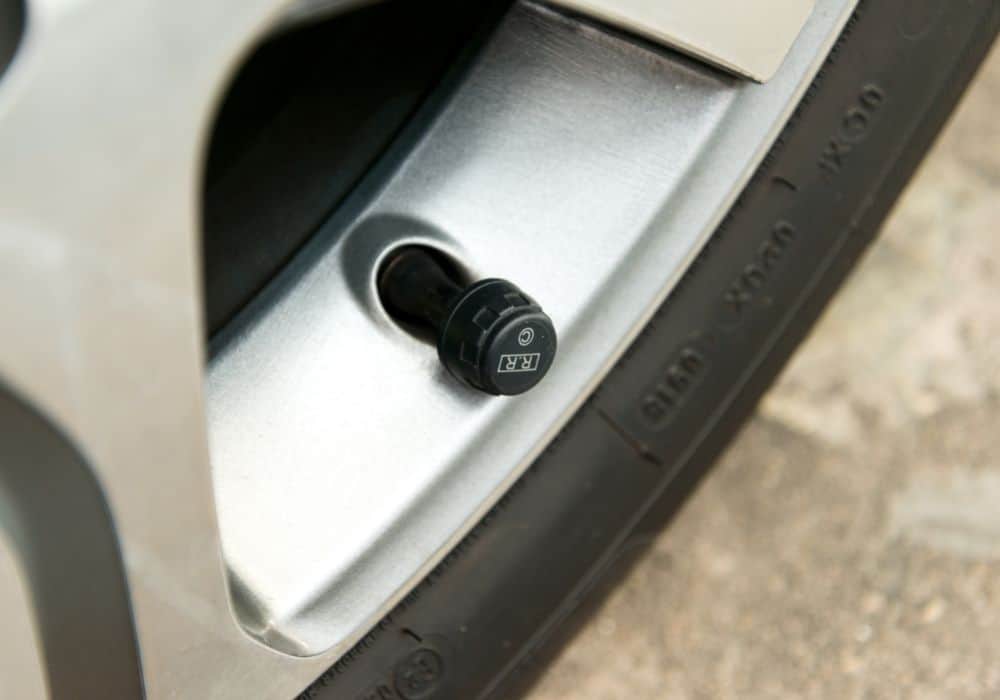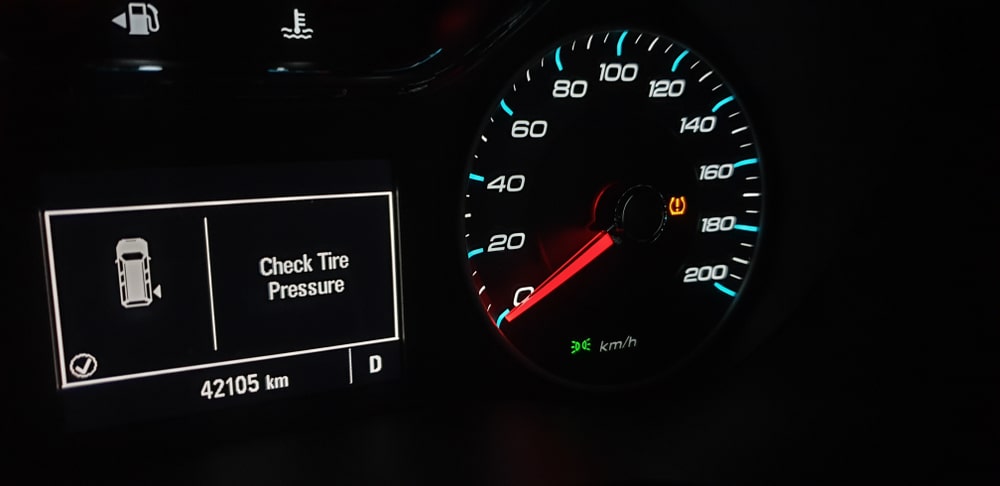Have you ever had to park your car because of low tire pressure? If you are a regular driver, you will understand how important it is to maintain the right tire pressure. Low pressure is dangerous, but there is no other way to gauge it without the TPMS sensor.
Most modern cars have this sensor so that drivers can detect when they need to fix the tire pressure. Doing this keeps you, the driver, safe, and protects the car from undue damage. However, the sensor runs on a battery that may stop working over time.
Can you replace the sensor battery if there is a malfunction? This article explains how to check a TPMS pressure sensor battery and how to replace it when necessary.
Table of Contents
What Is a TPMS Sensor Battery?
Tire Pressure Monitoring Systems sensors, TPMS sensors for short, are devices installed in a vehicle’s tires to monitor the air pressure and alert the driver when the pressure is too low.
These sensors send a signal to the vehicle’s onboard computer. The car’s computer or electronic control unit displays the tire pressure information on the dashboard or through a warning light. A TPMS battery life is typically five to ten years.
Why Maintaining TPMS Sensors Is Necessary
Tires are a crucial part of the entire vehicle. So, properly maintained TPMS sensors are essential for ensuring the safety and efficiency of a vehicle. If the tire pressure drops too low, it can lead to poor handling, reduced fuel economy, and even a blowout.
And if a blowout occurs when you are driving on a highway, it may be fatal. By monitoring tire pressure, TPMS sensors help prevent these issues and keep you informed of any potential problems. You can stop driving if you notice this problem and have a mechanic check your vehicle.
How to Detect a Faulty TPMS Sensor Battery

There are several ways to test or check a TPMS sensor battery as explained below:
1. Dashboard Warning Light
The primary way to detect a problem with the sensor battery is by seeing a warning light on the dashboard. A car with a TPMS sensor will have a battery checker to alert you when there is a problem.
The TPMS icon is a unique symbol and will flash for about a minute or a little more. Take your car to an auto mechanic once you notice this blinking TPMS light on the dashboard.
2. Manufacture Date
Another way to check a TPMS battery is to check the manufacture date. There is usually a 4-digit code on the battery’s box or sticker. Once you find it, look at the third and fourth letters.
The third one represents the month of manufacture, while the fourth one represents the model year of manufacture. The first and second letters represent the battery type and factory code respectively.
When you determine the month and year of manufacture, you can tell whether or not the battery is due for a replacement. Otherwise, consider a TPMS sensor replacement.
3. Diagnostic Tool
There are TPMS diagnostic tools you can use to determine the status of the sensors. You can do this even before starting the car, so you do not drive it with low tire pressure. If necessary, fix the pressure or replace the sensor before using the car again.
Replacing a TPMS Sensor Battery

Many TPMS sensor batteries are not typically designed to be replaceable. The design is that you must replace the entire sensor once the battery depletes or stops working. In other words, the battery is not serviceable.
If you have a problem with your car’s TPMS sensor, it may be best to replace it. Trying to replace the battery is not impossible, but it is tedious and may take longer than simply installing a new sensor. Let an auto technician check and replace the sensor when necessary to save you time.
However, if you have the time and skills to replace the battery, and you can find a replacement battery, you can try changing it. Take the following steps to replace the sensor’s battery.
Required Tools
- TPMS sensor battery
- Torx driver or socket set
- Tire pressure gauge
- New valve stem (where necessary)
Step 1: Locate the TPMS Sensor
The location of the TPMS sensor will vary depending on the make and model of the vehicle. Refer to the vehicle owner’s manual or a repair guide for specific instructions on how to locate the sensor. In general, you will find the sensor in the wheel rims, in a plastic housing, or inside the tire assembly.
Step 2: Remove the Tire
Use a jack and lug wrench to lift the vehicle and remove the wheel that contains the sensor that needs to be replaced.
Step 3: Detach the TPMS Sensor from the Tire
Once you remove the wheel, use a Torx driver or socket set to detach the sensor from the valve stem. Pay close attention to the sensor’s position and orientation before removing it to make reinstallation easy.
Note that some sensors are more difficult to remove than others. Some are welded shut with a laser to protect the battery from chemicals and water. A few snap open and close, while others have screws holding the sensor housing together.
Step 4: Replace the Battery
Open the sensor and replace the battery with a new one. This step may be difficult, so locate the sensor’s manual for instructions. Ensure you carefully follow them to remove and replace the battery.
Step 5: Reinstall the Sensor
After putting the new battery into the sensor, close it like before. Next, put the sensor back onto the valve stem and secure it with the Torx driver or socket set. Ensure you properly orient and seat the sensor in its location.
Step 6: Put the Tire in Place
Place the tire back onto the vehicle and secure it with the lug nuts. Finally, lower the vehicle and use a tire pressure gauge to check the pressure.
Conclusion
TPMS sensors are crucial to how well a car works, especially when you are driving it. Any odd dashboard light indicates an internal problem, and troubleshooting is always the best step. If you have never had to check the sensor battery, let an auto technician show you what to look out for on the dashboard.
That way, you know when the sensor is defective or the battery depletes and needs a replacement. While you cannot typically replace the battery because of the design, there is a way around it. Follow the steps in this article to replace the battery if the sensor works well.
